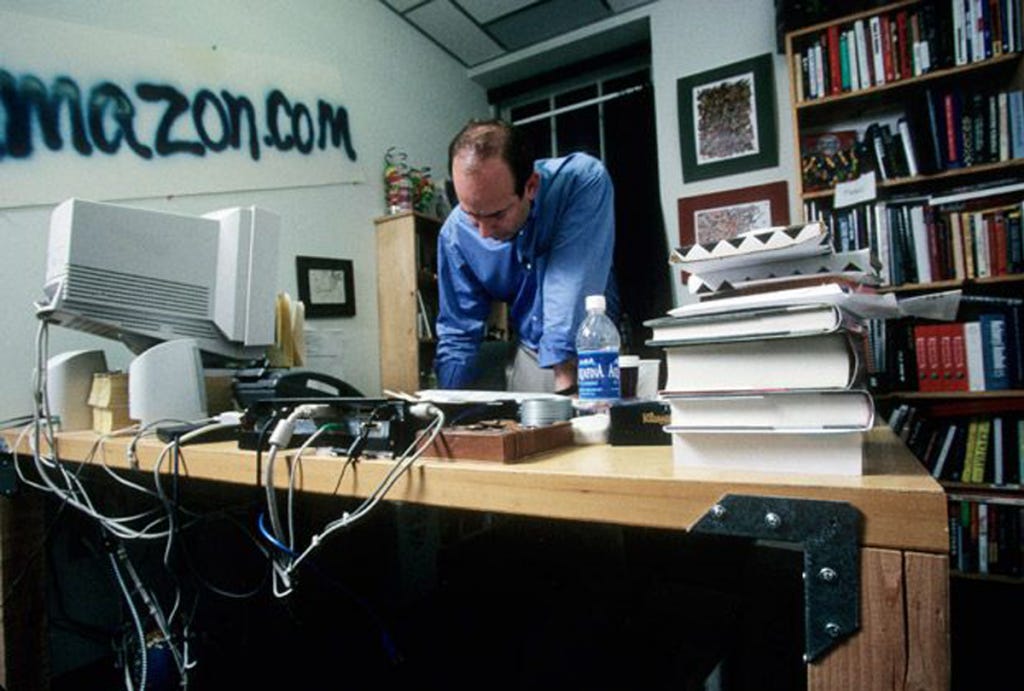Welcome to the Founders Factory Startup Bulletin—“Created for founders, by founders”.
We bring you a round-up of startup and investment stories, key learnings from founders, and insights from the Founders Factory team.
Welcome to the 157 new subscribers who joined us since the last newsletter! Help us grow our 17,429-strong community of founders, investors, and startup enthusiasts—share this post:
In 2010, journalist and writer Steven Johnson wrote ‘Where Good Ideas Come From’. His conclusion to this hypothesis? In brief: good ideas come from the real world, from conversations, from debates, from disagreements. Not from science labs or research facilities. And despite popular culture, not from geniuses sat in garages, having lightbulb moments.
Over the past several years, we’ve approved close to 100 concepts in our Venture Studio; in terms of concepts, we’ve most likely generated 5x that. In doing so, we’ve come up with more effective ways for generating, testing, and validating ideas at rates far exceeding that of your average entrepreneur.
If you’re looking for ideas for your next business venture, then look no further—we’re pulling back the curtain and sharing five methods for generating venture concepts.
Also in today’s newsletter:
How to get a shout out in next month’s newsletter
Top newsletters to subscribe to
Our Tweet of the month
Refer the Startup Bulletin to your network:
➡️ 10 referrals = shout out to our 17k subscribers
➡️ 25 referrals = a 30 min 1-2-1 with one of our expert Operations team
💡Five methods for generating venture concepts
By Sam Rueesch, Venture Designer at Founders Factory
1. Choose boring spaces
We’ve seen it with generative AI, and before that, web3 and crypto. It’s very easy to get caught up in hype, and start building in an area where everyone else is building. The problem with this is that very reason—everyone else is building there, so competition is much higher and, unless you time it right, failure is much more likely.
Instead, choose boring spaces—areas that may not be glamorous or ‘hyped’ but answer real problems with scalable solutions. Think infrastructure layers or deep tech, which may be much less known but the demand is no less real.
2. Identify areas undergoing change
Change may come in different forms—real world physical changes (climate change), regulatory or policy change (legalisation of marijuana), or a technological change (progress in AI). But change almost always means opportunity.
Developing ideas in spaces where macro factors will boost your growth can be highly advantageous. Again, this comes down to timing (and you’re at risk of getting pulled into a hype wave), but time it well and you may strike gold.
3. Surround yourself with information
Many people build in areas where they have experience or deeper expertise: this gives you a big head start. If you aren’t already immersed in a particular field, then you’ve got a big task to surround yourself with information and learn as much as possible.
Read articles on that topic, subscribe to newsletters, follow interesting people on Reddit and twitter, watch videos and read podcasts. Even more, set up meetings with experts in particular fields, speak with potential customers (AKA ‘power users’), discover their pain points and where opportunities may lie.
4. Keep a log of everything
As you’re immersing yourself in everything, be sure to keep everything you are exploring written down. Any concept you come up with, keep a log of it: even better, categorise them so you can filter them by problem, solution, opportunity size, and difficulty to build. Rank them in terms of areas to prioritise and ideas that excite you most.
5. Share your thinking
Finally, don’t be too guarded over your secrets. Ideas in themselves are pretty much worthless, so don’t be afraid to share them with others. This should be part of your verification process—speak to people in your network, post initial concepts on blogs or on Twitter and ask for feedback.
Listen to everyone—but be selective over which advice you choose to take. Building a successful business is about knowing when to be humble and when to be stubborn, and this starts at the idea stage.
Read Sam’s full methodology for generating venture concepts
🐦 Tweet of the Month
📩 Top newsletters to subscribe to
Not Boring—deep (very deep) dives into macro trends across tech by investor Packy McCormick. Particular focuses on Web3 and AI but themes that stretch far beyond any sector
Digital Native—weekly newsletter on “how technology shapes humanity” by Rex Woodbury, partner at Index Ventures.
PreSeed Now—former TechCrunch writer Martin Bryant spotlights a pre-seed startup each week, interviewing their founder and sharing his thoughts on why he’s excited about it
Investing in AI—fortnightly digest of the AI sector, including market trends and their impact on the wider business landscape
Business Brainstorms—as the name would suggesting, a newsletter brainstorming venture ideas in particularly topical spaces
First 1000—growth-themed newsletter sharing stories behind the world’s most successful startups and how they grew to their first 1000 users
See you next month 👋
Interested in reading more of the same insights? Check out the Founders Factory blog, and previous newsletters.






This newsletter's title got my eye as we're developing a feature called "Hatch." It generates new ideas and articles by finding common things in a few articles.
https://glasp.co/hatch/index.html